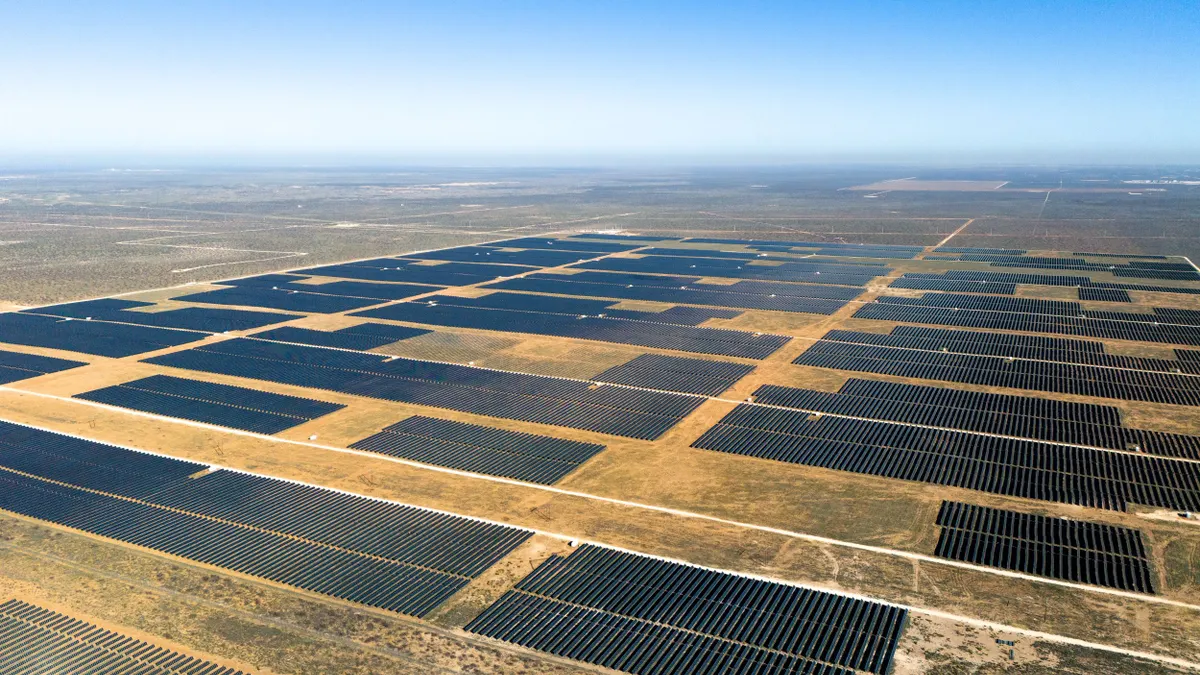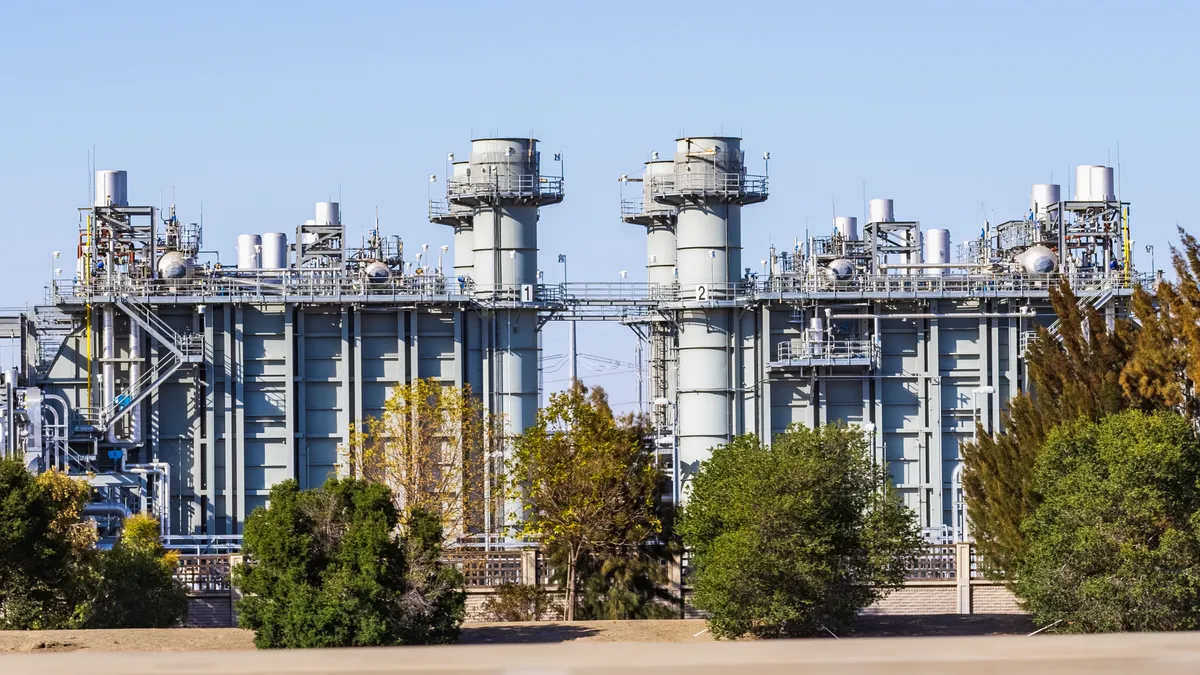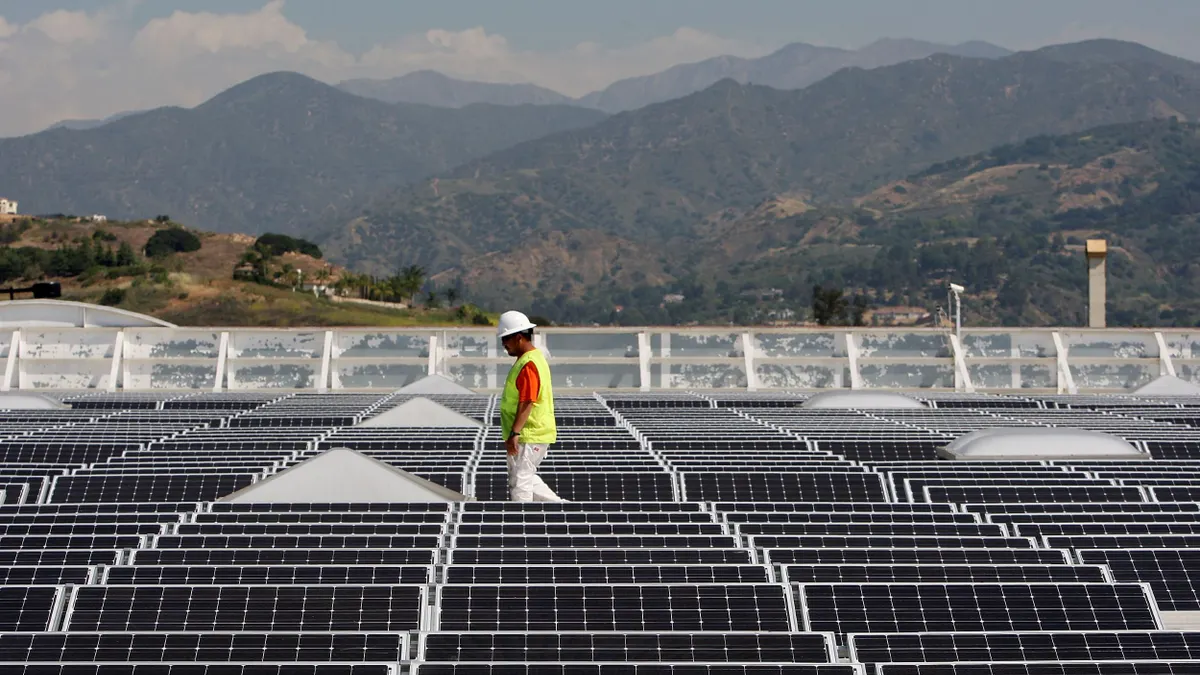The PJM Interconnection on Tuesday floated a plan to allow a limited number of generating projects that could address reliability needs to jump into an interconnection study cycle early next year.
The “reliability resource initiative” is a response to unprecedented demand growth forecasts coupled with a slow pace of bringing new power plants online and looming generator retirements, according to Donnie Bielak, PJM’s director for interconnection planning.
“We need to do something, and do something now,” Bielak said Tuesday during a PJM Planning Committee meeting.
The proposal comes as PJM is clearing out a backlog of interconnection requests that had been put on hold and are being reviewed under a three-track transition process to a fully reformed interconnection study framework. PJM plans to begin studying new interconnection requests by mid-2026 under its reformed process.
PJM is finishing generator interconnection agreements for its roughly 24.5-GW “fast track” interconnection review and is in the second-phase of its 26.2-GW Transition Cycle 1 process, according to Bielak. A window for eligible projects to enter the roughly 96.2-GW Transition Cycle 2 process closes on Dec. 17.
Projects in the three tracks are heavily tilted toward solar energy, Bielak noted. “If you look at that from an operational standpoint, you’re kind of putting all your eggs in one basket, and what we're looking to do is really try to diversify … kind of hedge our position in being able to get as much generation online as quickly as possible to meet the reliability demands that we have coming up,” he said.
If PJM’s reliability resource initiative advances and the Federal Energy Regulatory Commission approves it, the grid operator would allow eligible projects to enter into the TC2 study process early next year to be reviewed alongside all the other interconnection requests eligible for that track, according to Bielak. PJM doesn’t want to do anything that would delay the TC2 process, which could lead to delays in studying new interconnection applications in 2026, he said.
The proposal to let resources jump into the TC2 study process is “only going to be for a very, very select few [projects] most likely,” Bielak said. “We don't want to do that at the expense of all of the other projects, especially the ones that are currently eligible for TC2.”
In its “fuel agnostic” framework, PJM is considering an eligibility requirement that projects meet effective load carrying capability or unforced capacity thresholds, Bielak said during the presentation. The projects would also have to be online by specific dates.
PJM plans to present a straw proposal at an Oct. 18 Planning Committee meeting, followed by discussion at an Oct. 30 meeting of its Markets and Reliability Committee. In mid-December, PJM intends to file a proposal for FERC approval. The plan is backed by PJM leadership and the grid operator intends to make the filing at FERC unilaterally, without a stakeholder approval process, according to Bielak.
Some PJM stakeholders raised concerns about the proposal.
“It is unjust, unreasonable and highly discriminatory against the generators that are in the queue, specifically renewable generators” some of which have been in PJM’s queue for years, Omar Martino, Invenergy executive vice president of markets and regulatory, said at the meeting.
The proposal represents a “sweetheart deal” for some generators and goes against open access principals, Martino said. It could be heavily litigated at FERC and end up in court, according to Martino.
“I think this proposal, unless it really changes significantly, is going to create a lot more confusion, a lot more chaos, a lot more uncertainty for many years to come,” Martino said.
Capacity interconnection rights proposal advances
Meanwhile, a separate plan that could make it easier to bring new generation online advanced on Tuesday when the Planning Committee approved a proposal that creates an expedited process for transferring capacity interconnection rights, or CIRs, from retiring generating resources to new replacement resources at the same point of interconnection.
If approved, the technology neutral CIR transfer process could be completed in nine months, according to a presentation on the proposal by a coalition that includes Elevate Renewable Energy.
“Expedited timing allows replacement resources to be included in reliability solutions, including but not limited to, as a resource option alternative to a [reliability must-run resource],” the presentation said.
The committee rejected alternate proposals offered by PJM and by Monitoring Analytics, the grid operator’s market monitor.
PJM’s process for deactivating resources to transfer their CIRs is tied to the grid operator’s interconnection queue study process, according to a summary of a stakeholder initiative on the issue. Because of the interconnection backlog, “resource owners are likely to experience a gap between the desired date of deactivation and the date a new resource could commence operation, resulting in cost and reliability concerns,” the summary said.























